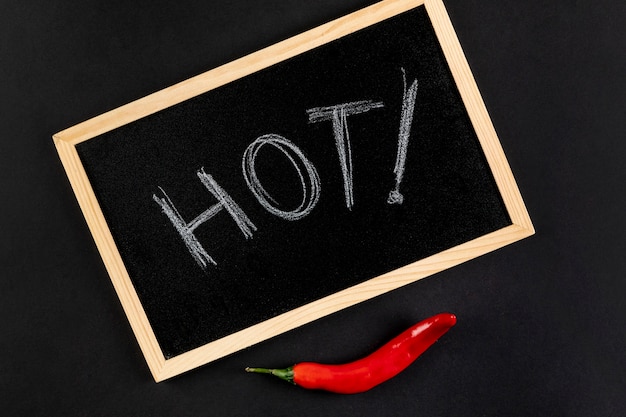Interesting Facts About Chile

Chile is home to the world’s driest desert, the Atacama Desert.
The country has over 2,000 volcanoes, with around 500 of them being potentially active.
Chile has a place called Easter Island, famous for its mysterious giant statues called moai.
More than 700 species of birds can be found in Chile, making it a birdwatcher’s paradise.
Chile is the longest north-south spanning country in the world, measuring around 4,300 kilometers (2,670 miles).
The world’s largest swimming pool is located in Chile, at the San Alfonso del Mar resort.
Chilean wine is internationally renowned, with its vineyards producing delicious varieties like Cabernet Sauvignon and Carmenere.
Chile is one of the few places on Earth from where you can see both the Pacific Ocean and the Andes Mountains simultaneously.
Chilean cuisine features unique dishes like empanadas, pastel de choclo (corn pie), and cazuela (a traditional soup).
The Tierra del Fuego archipelago, shared between Chile and Argentina, is the southernmost inhabited place on Earth.
Chilean culture is heavily influenced by its indigenous Mapuche population, known for their storytelling and traditional music.
Chile is a great destination for stargazing due to its clear skies, with several observatories open to the public.
The Pablo Neruda Museum in Santiago houses the former residence of the famous Chilean poet and Nobel laureate.
Chile is a pioneer in renewable energy, with its El Romero Solar Power Plant being one of the largest in the world.
Interesting Facts About Chile part 2
The arid Atacama Desert also hides stunning natural wonders like the Moon Valley, which resembles the lunar landscape.
Chile is known for its vibrant street art scene, with colorful murals adorning buildings in major cities.
Chilean tea, called mate, is a popular drink served with a metal straw called a bombilla.
The Andean condor, one of the largest flying birds in the world, can be spotted soaring over the Chilean mountains.
Chile has a rich literary tradition, with renowned authors like Isabel Allende, Pablo Neruda, and Roberto Bolano.
The Geographical Center of Chile is located near the town of Pelequen, allowing visitors to stand at the heart of the country.
Chilean rodeo is the national sport, where riders showcase their skills by herding cattle.
The small town of Pucon is famous for its stunning natural scenery, including volcanoes, lakes, and hot springs.
Chile is a leading exporter of fresh fruit, supplying delicious produce like grapes, cherries, and blueberries to the world.
Valparaiso, a city known for its colorful hillside houses and artistic atmosphere, is a UNESCO World Heritage site.
The largest earthquake ever recorded occurred in Chile in 1960, with a magnitude of 9.5 on the Richter scale.
The Chilean flag is similar to the Texas state flag, featuring a single white star on a blue square background.
The vibrant traditional dance La Cueca is considered the national dance of Chile, often performed during Independence Day celebrations.
The Chilean peso is the official currency, featuring unique designs on its coins, including native animals like the puma and condor.
Chile is home to the world’s largest outdoor mural, painted on a series of buildings in the city of Santiago.
Chile has a diverse range of climates, from the dry desert in the north to the icy fjords in the south.
The stunning Torres del Paine National Park in Patagonia offers breathtaking landscapes, including glaciers, lakes, and granite peaks.
The Elqui Valley in Chile is known for its clear skies and is considered one of the best places in the world for stargazing.
Chilean rodeo horses are specially trained to stop abruptly by digging their front hooves into the ground.
Chile is one of the largest producers of copper in the world, with its mining industry playing a significant role in the country’s economy.
The annual grape harvest festival, known as Vendimia, is a colorful celebration of Chile’s wine industry.
The Chilean flamingo, renowned for its vibrant pink color, can be found in the country’s salt flats and lagoons.
Chile is home to impressive glaciers, including the Grey Glacier in Torres del Paine National Park.
The traditional dish, completo, is a hot dog topped with various ingredients like avocado, mayonnaise, tomato, and sauerkraut.
Chile hosted the FIFA World Cup in 1962, becoming the first South American country outside of Brazil and Uruguay to do so.
The Chilean sea bass, also known as Patagonian toothfish, is a popular seafood delicacy worldwide.
Chilean cowboys, known as huasos, play an essential role in herding cattle and preserving traditional horsemanship skills.
Chile boasts numerous hot springs, some of which are located in picturesque natural surroundings, ideal for relaxation.
The Chilean flamingo builds nests using mud and their own saliva, with both male and female birds participating in the construction.
Chile has a strong literary tradition, and the capital, Santiago, is home to the largest bookstore in Latin America, called Feria Chilena del Libro.
The vibrant street markets in Chile, known as ferias, offer a rich variety of fresh produce, crafts, and traditional foods.

